Weekends: saved
- PostedPublished 27 March 2020
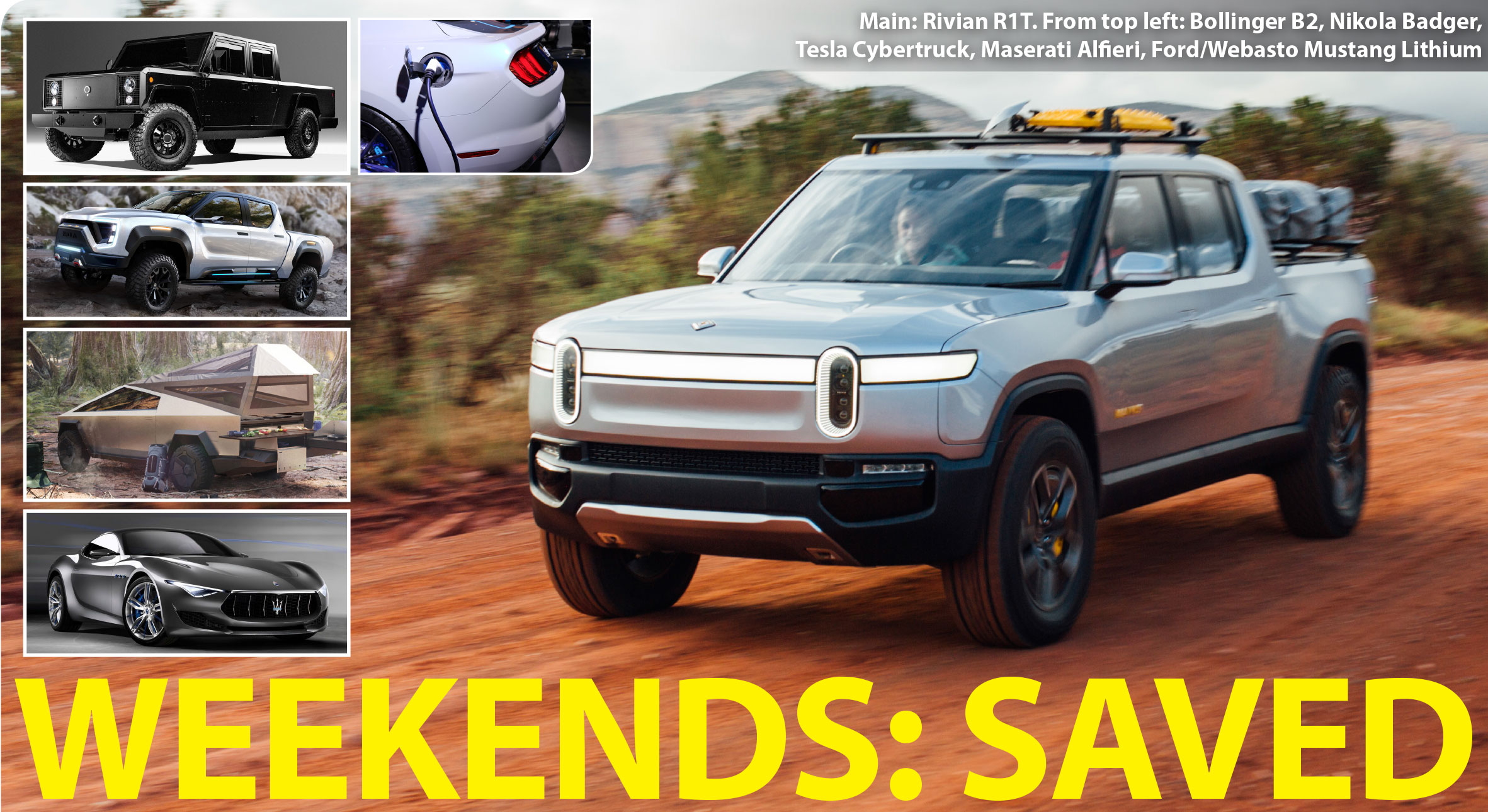
Electric utes, sports coupes and more in the pipeline to keep our weekends alive
From a VASA member perspective, electric vehicles are only going to “end the weekend” (as claimed by Australian Prime Minister Scott Morrison during the 2019 general election campaign) because their businesses will be overrun with high-end thermal and electrical diagnosis and repair work.
They might also end up spending their weekends converting older vehicles to electric drive as a hobby that turns into a lucrative side business or even their main source of income, of which there are many cases in Europe and the United States.
However, Mr Morrison’s comment was more about the inability of electric vehicles to double as weekend warriors, capable of towing, off-road adventures and camping trips, the promise of which is behind the appeal and huge sales of 4×4 dual-cab utes that are almost all diesel-powered.
Similarly, if a Sunday drive in a sports coupe appeals more than getting bogged on a beach, electric options are pretty limited right now.
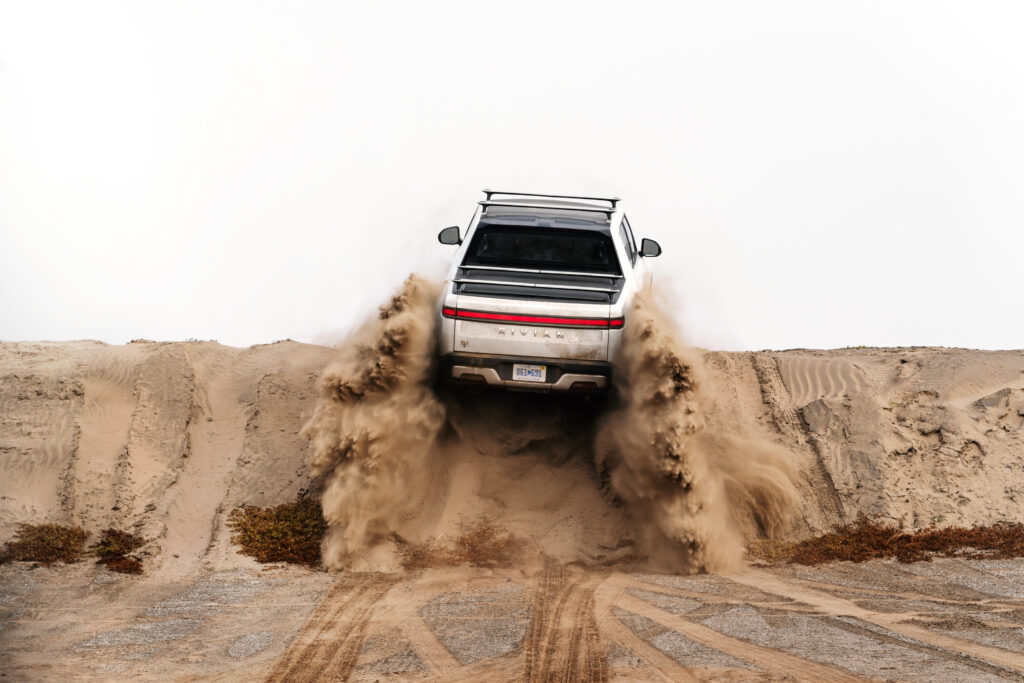
But that’s all going to change, and fast.
Yes, the short-term impact on Australasian shores might be more trickle than flood to begin with, but recent history shows that once we start to understand the everyday benefit of new technologies we embrace them faster and with more enthusiasm than almost anywhere else on Earth.
For instance, since 2010 Australia has had one of the highest smartphone penetrations in the world and New Zealand is also well above the global average in terms of smartphone ownership.
Contactless payments are another example, with uptake in Australia and New Zealand quickly leading the world.
It’s now up to vehicle manufacturers to start making – and most importantly, supplying – electrified models that will prompt Australasians to make the switch.
Let’s start with utes. Apart from Tesla’s bizarre Cybertruck, General Motors and Ford have both announced electric versions of their big-selling pick-ups.
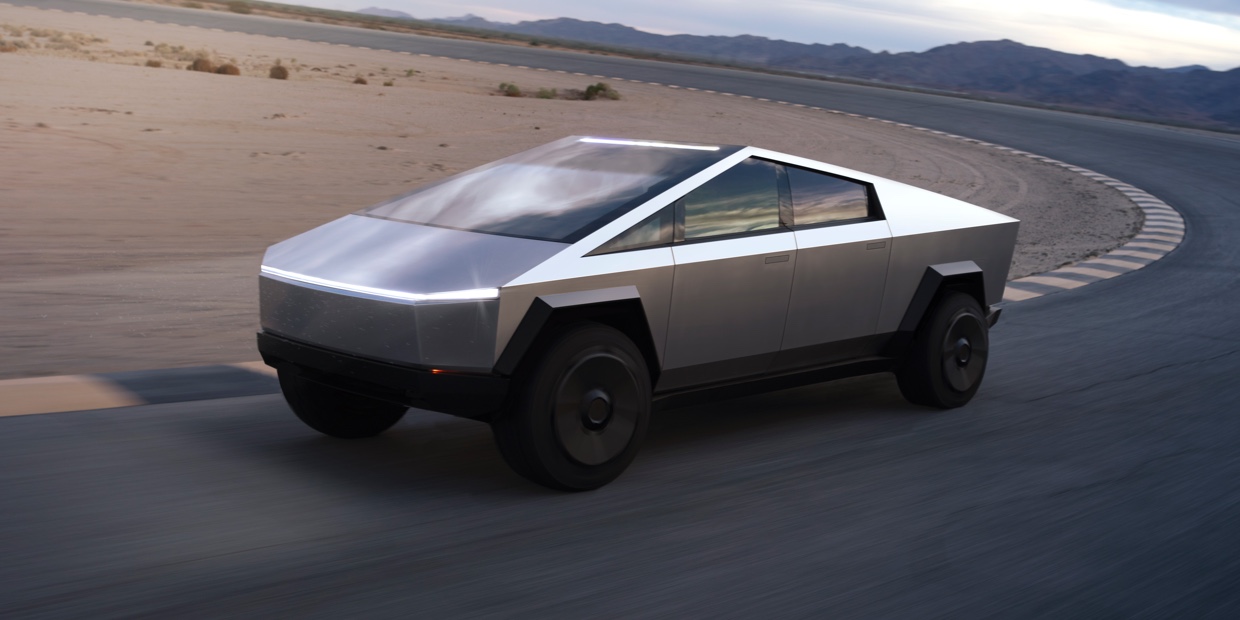
Ford has joined Amazon as an investor in electric vehicle start-up Rivian, which is bringing a highly desirable ute to market and will share its technology with the Blue Oval in return for the cash injection.
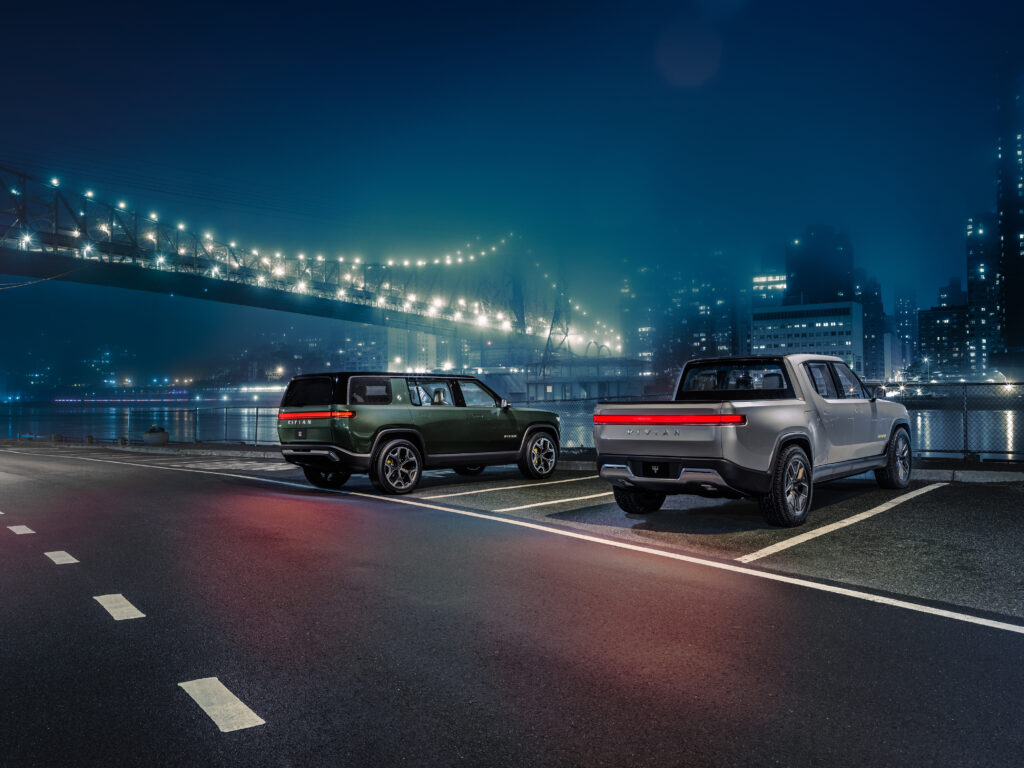
Somewhere between a classic Land Rover Defender and a military Humvee are Bollinger’s B1 and B2, the latter a robust ute making the most of its lack of combustion engine with huge load-through capacity from a hatch between its headlights all the way to the tip of an open tailgate.
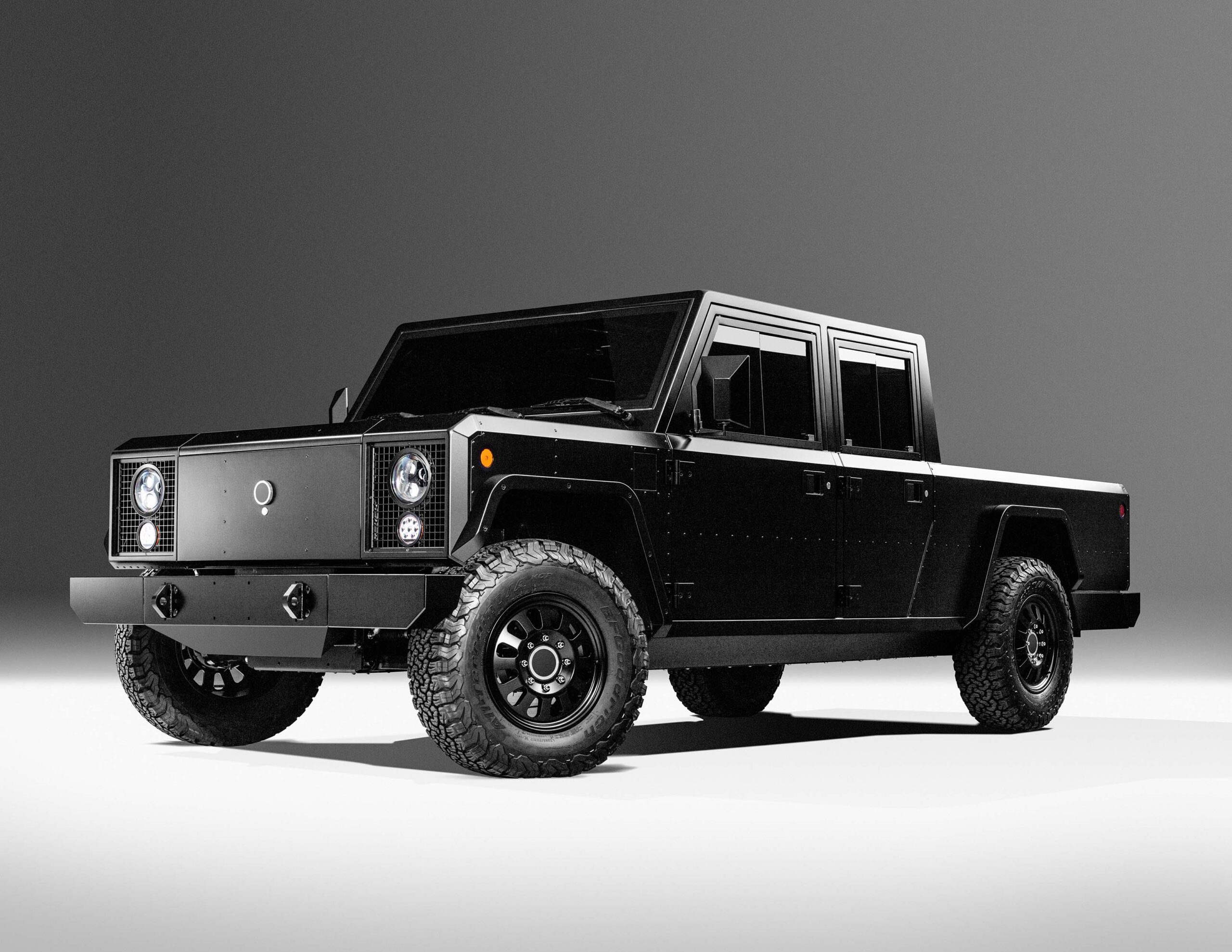
US-based hydrogen fuel cell vehicle start-up Nikola – another company named in tribute to Serbian inventor Nikola Tesla but yet to put a vehicle into production – has also announced a ute called Badger, which it says can travel 480km on batteries alone, or double this range with the optional hydrogen fuel cell system.
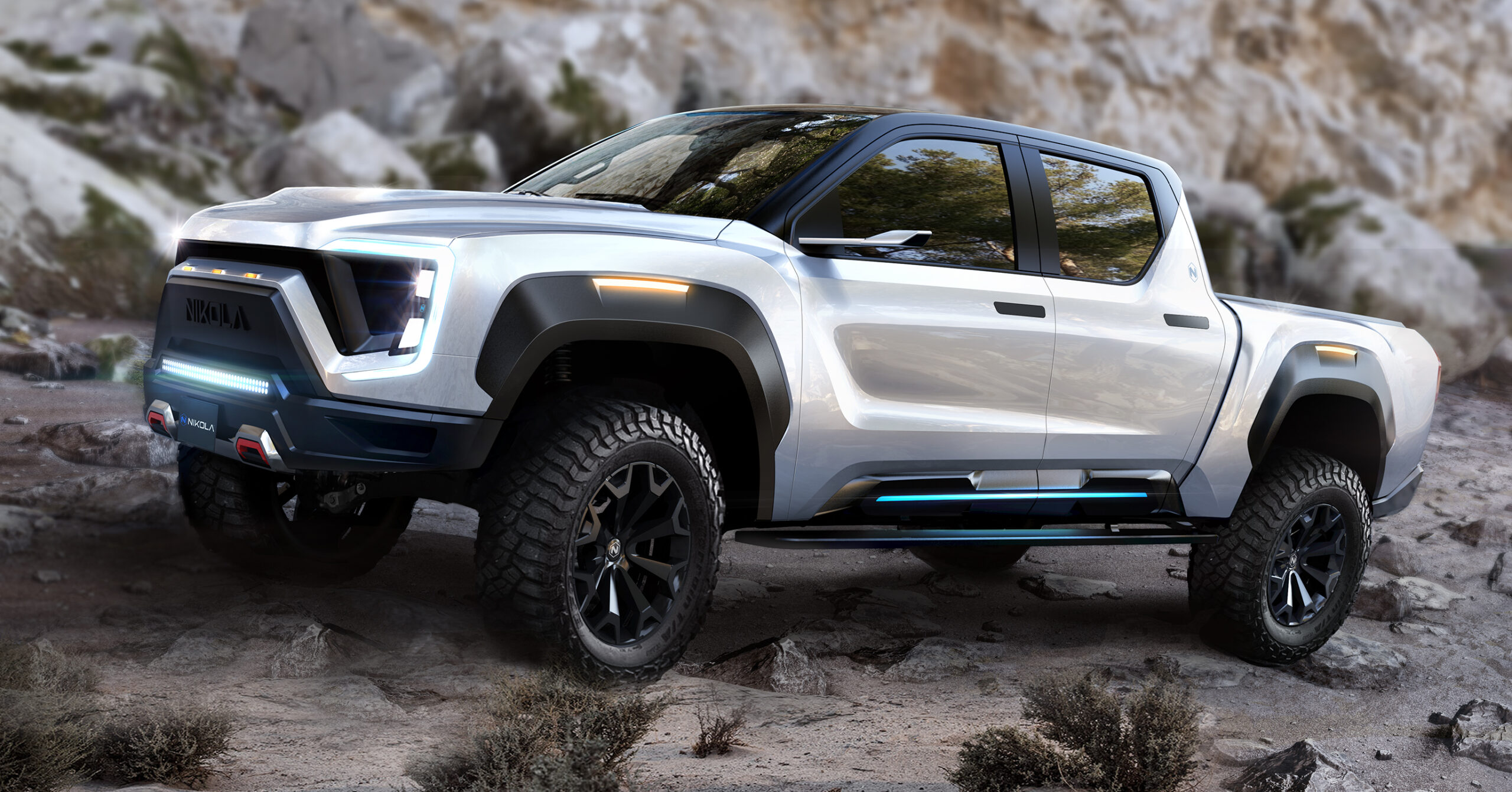
Closer to home, Mitsubishi has all but confirmed that the next-generation Triton ute will be offered with some form of plug-in hybrid electric (PHEV) drivetrain developed from what it has learned from its successful Outlander PHEV mid-size SUV.
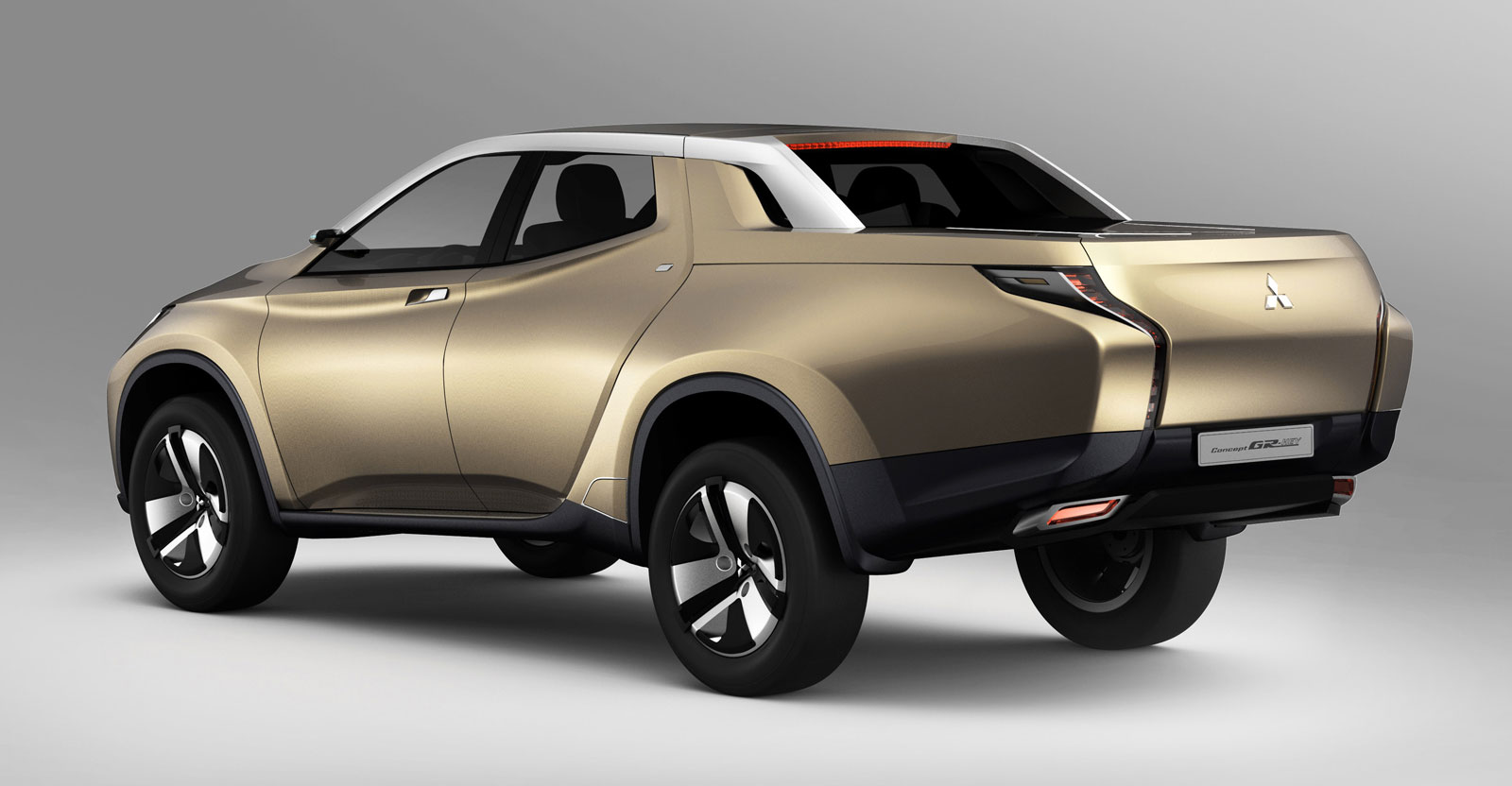
Nissan, an EV pioneer in its own right with the Leaf hatch, will base its next Navara on this electrified Mitsubishi platform.
Even the Toyota LandCruiser is going hybrid, if reports out of Japan are anything to go by. Odds-on, V8s will be dropped in favour of a Lexus-derived turbo-petrol V6 with or without electric assistance as well as a similar diesel-based layout.
The ever-popular HiLux and Prado that currently share a diesel drivetrain are more than likely to follow suit.
When off-roading, electric drive will feel like cheating. Torque delivery is instant, precise and predictable with each wheel able to independently turn forwards or backwards to maximise traction and execute incredible on-the-spot manoeuvres such as the ‘tank turn’ demonstrated in a video published by Rivian.
For similar reasons, towing capacity will also be epic. Who can forget Tesla’s publicity stunt in which a Model X pulled a 130-tonne Qantas jet and landed a place in the Guinness Book of Records?
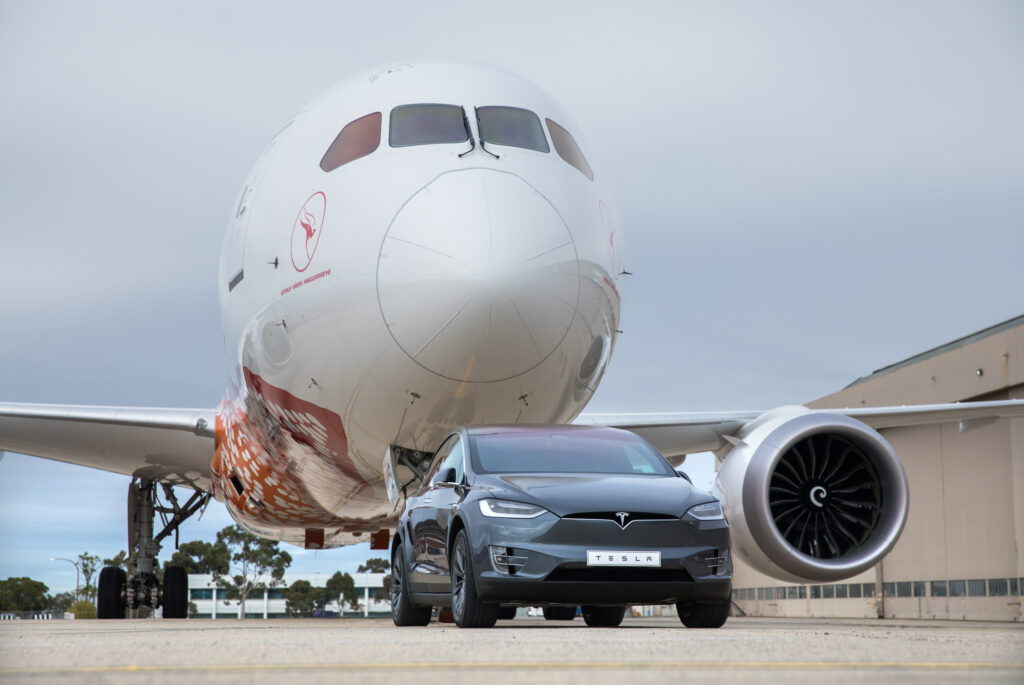
More recently, Ford used a prototype of its upcoming electric F-150 pick-up to haul 10 double-decker rail wagons full of regular F-150s.
Perhaps Guinness adjudicators were not present or the lower rolling resistance of rails disqualified the feat, because the train weighed a cool 320 tonnes more than the Boeing Dreamliner that scored Tesla its world record.
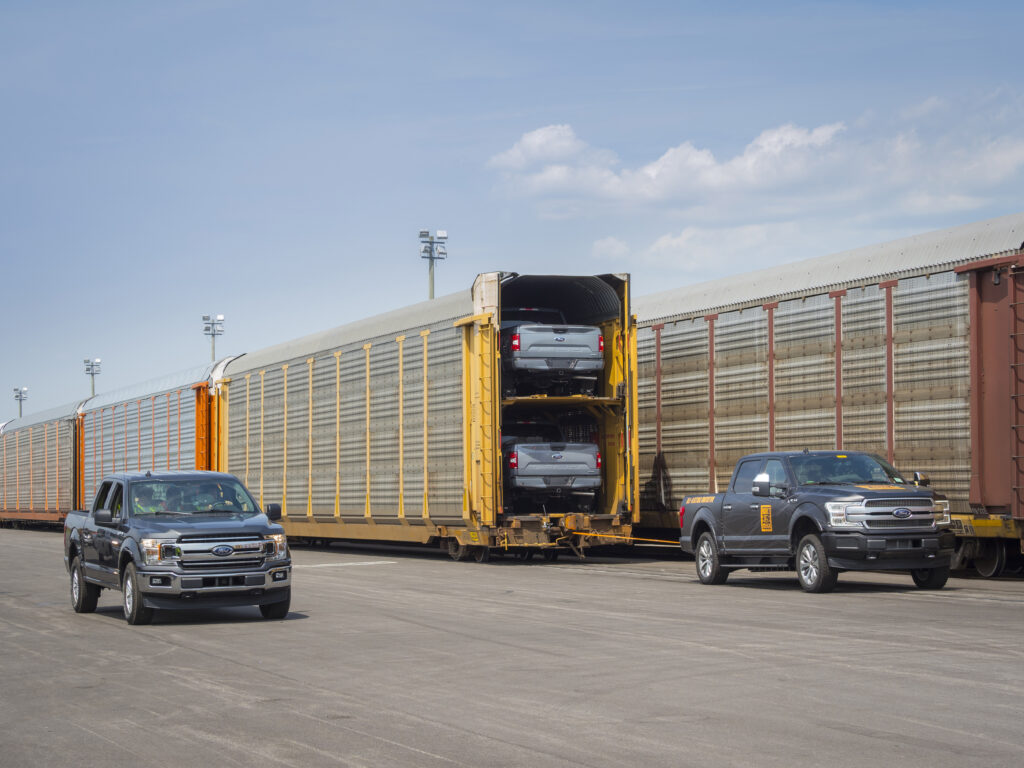
Neither stunt has anything to do with real-world towing capacity; after all Volkswagen towed a Boeing 747 into the record books with a V10 Touareg in 2006 before losing the title to a Nissan Patrol in 2013.
But immense, precisely delivered torque and fewer transmission components between the output shaft and road can only bode well for towing capacity.
Provided thermal management is always kept in check.
Moving on to sports coupes but staying with Ford, before upsetting Mustang die-hards by slapping the revered pony car nameplate on an electric SUV the company revealed an electric Mustang coupe at the SEMA aftermarket extravaganza in Las Vegas.
Developed with Webasto and further raising eyebrows due to its manual transmission, the Mustang Lithium show-pony is in fact a “testbed for battery and thermal management technologies Webasto and Ford are creating for the growing e-mobility automotive segment”.
Ford is an interesting one. It has a deal with Volkswagen to co-develop and share electric vehicle architectures, as well as the technology sharing agreements with Rivian and another with Webasto.
It is not clear who it partnered with for the controversial Mustang Mach-E, but Ford has announced it is working with Bosch – a major supplier of EV drive systems and components – to teach dealership technicians how to maintain and repair this all-new model.
Although renowned for its spine-tingling V8 exhaust notes, Italian marque Maserati is also taking a tilt at EVs, announcing that all future models will feature either hybrid or full-electric drivelines, starting with a new Ghibli executive sedan that will feature petrol-electric power when it is launched later this year.
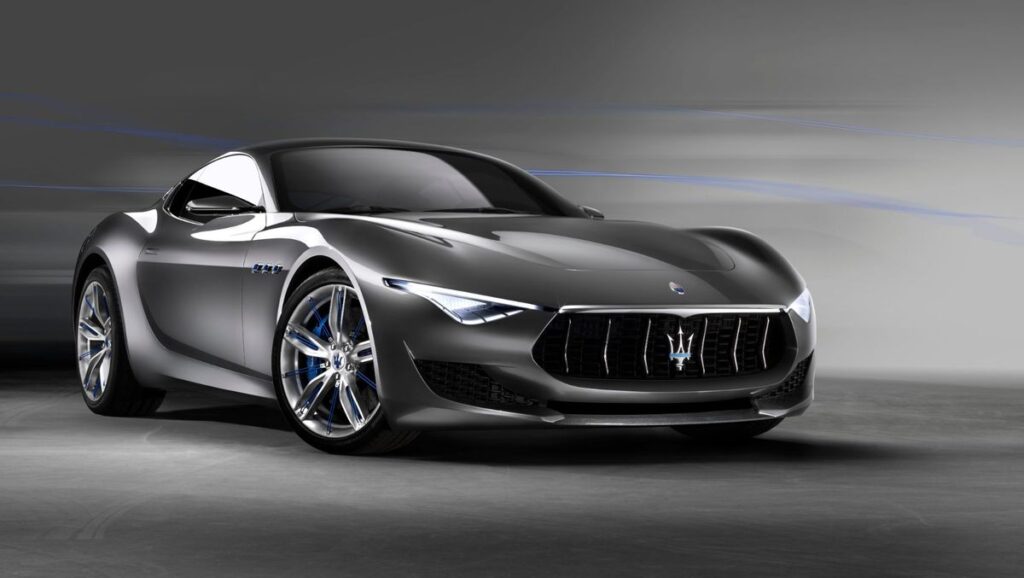
The next-generation GranTurismo and GranCabrio sportscars will be Maserati’s first all-electric models, rolling out over the next couple of years, with the smaller Alfieri tipped to offer varying levels of electrification including a performance flagship variant capable of blistering pace.
If Maseratis are exotic enough to be irrelevant for most VASA members, remember that General Motors’ decision to axe Holden and abandon Australasia means the Detroit giant’s electrification efforts are destined to remain exotic here for good.
It is telling, though, that the company sees a greater return on investment from developing electrified and autonomous vehicles than trying to sell anything Down Under, or indeed anywhere that drives on the left.
- CategoriesIn SightGlass
- Tagselectric vehicles, EV, SightGlass News Issue 19


